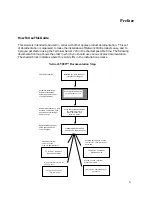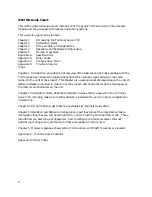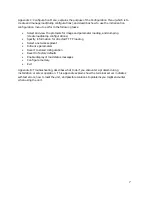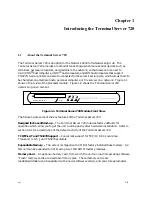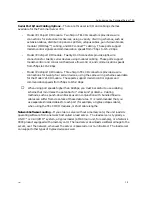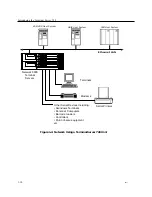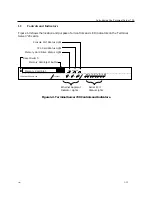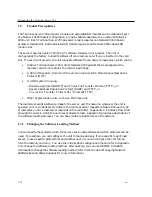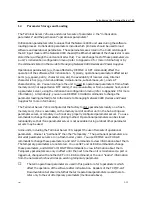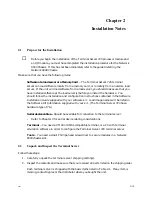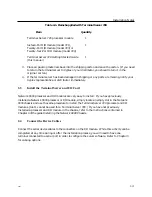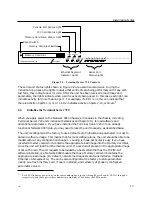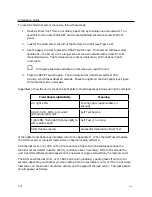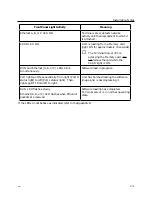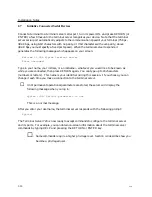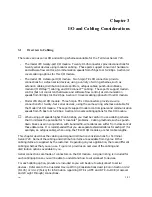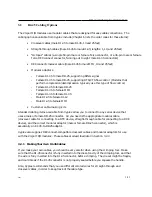
Chapter 1
Introducing the Terminal Server 720
1.1
About the Terminal Server 720
The Terminal Server 720 is an option for the Network 9000 Intra-Networking Hub. The
Terminal Server 720 provides a method of connecting asynchronous serial devices such as
terminals, personal computers, and modems to the network, so that users can connect to
VAX/VMS® host computers, UNIX® host computers, and IBM host computers that support
TN3270. Serial printers can also be connected to the server's serial ports, which allows them to
be shared among multiple hosts, personal computers, or file servers on a network. Figure 1-1
shows a front view of the processor module. Figure 1-2 shows the Terminal Server 720
networking environment.
TERMINAL SERVER 720
ETHERNET
CARD RUN CON
C
.....................................................................................................................................................
2
3
4
5
6
7
1
8
A
B
Figure 1-1. Terminal Server 720 Module Front View.
The following are some of the key features of the Terminal Server 720:
Designed for Ease of Start-up -- The Terminal Server 720 includes factory defaults for
operation which allow you to get the unit running easily after hardware installation. Refer to
section 2.6.1 for a description of the default activity of the Terminal Server 720.
TCP/IP-LAT and TN3270 Support -- Concurrent support for TCP/IP, DEC Local Area
Transport (LAT
®
), and TN3270 protocols.
Expandable Memory -- The server is shipped with 2 MB of factory installed base memory. A 2
MB unit can be expanded to 4 MB, using two 1 MB SIMM memory modules.
Memory Card -- An optional memory card, from which the unit can load its operating software.
“Flash” memory cards are available from Xyplex. These memory cards are
readable/writeable, can be updated with a newer software version, and can store parameters
0021
1-8



